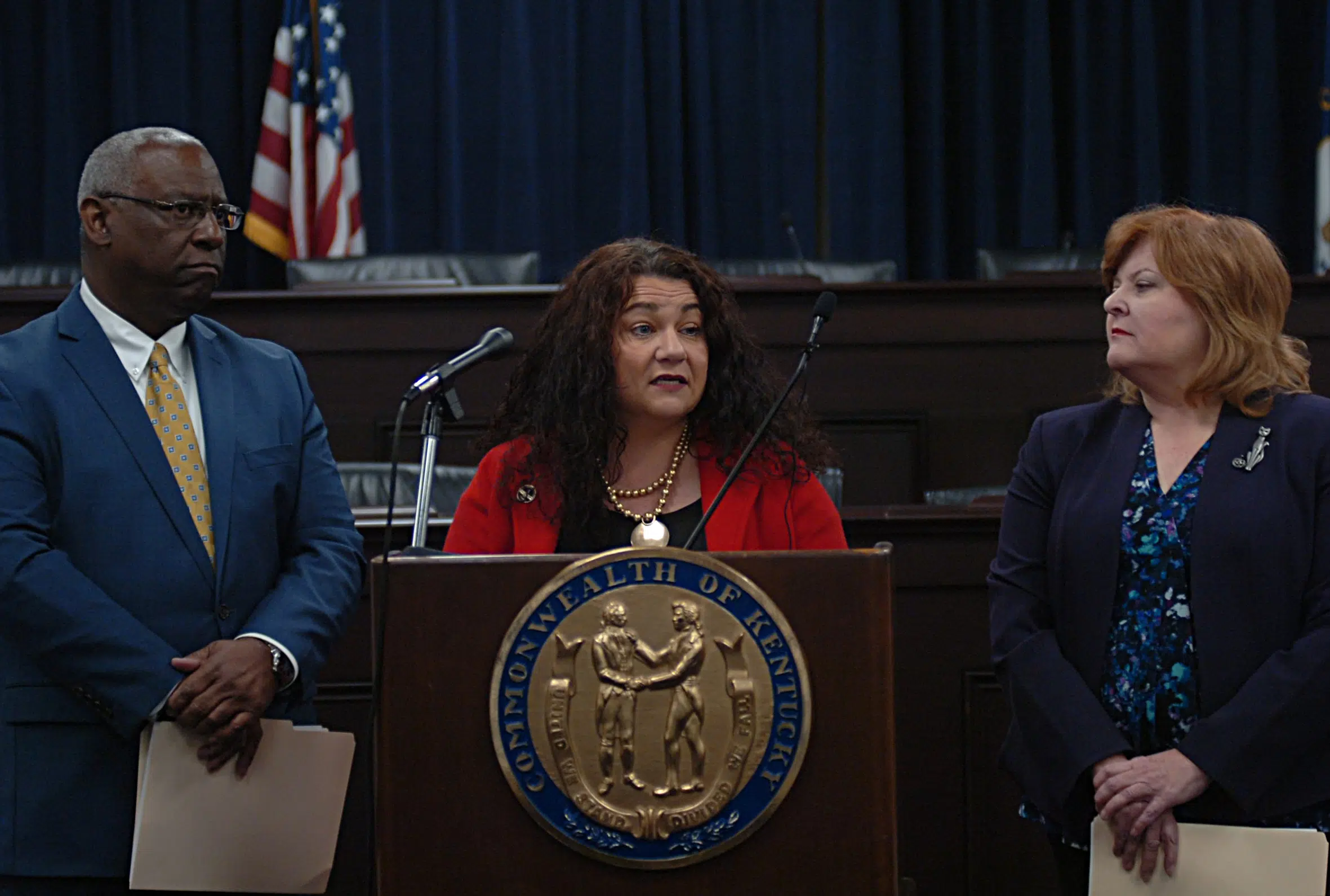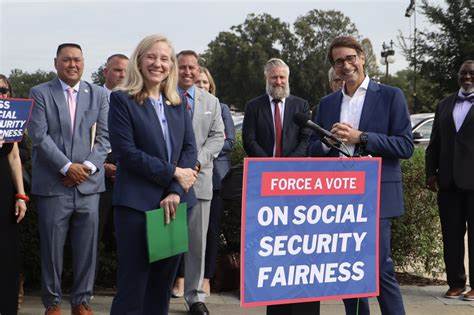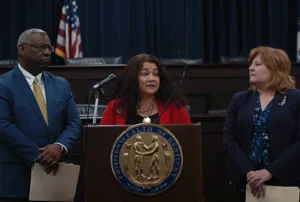The U.S. Senate recently approved the Social Security Fairness Act, a significant piece of legislation that will directly impact public pension holders across the country. With bipartisan support, the bill was passed in a 76-20 vote, signaling a major step forward in addressing longstanding disparities in retirement benefits. However, the measure has sparked debates over its fiscal implications, with critics cautioning about its potential $196 billion price tag over the next decade.
What Is the The Social Security Fairness Act?
The Social Security Fairness Act seeks to repeal two provisions within the Social Security system: the Windfall Elimination Provision (WEP) and the Government Pension Offset (GPO). These rules, enacted over 20 years ago, were designed to limit federal retirement benefits for individuals who also receive public pensions. While initially targeted at high-earning workers with additional retirement income, these provisions have increasingly affected municipal employees, including firefighters, police officers, postal workers, and teachers.
The repeal will now allow these retirees to claim full Social Security benefits without reductions based on their public pensions. This change addresses a major grievance for many public service workers who felt penalized for their dedicated service.
The Legislative Journey
The bipartisan support for the Social Security Fairness Act highlights its broad appeal. The House of Representatives passed the measure in November with a decisive 327-75 vote, and the Senate followed suit on December 21. The bill now awaits President Joe Biden’s signature, though the White House has not yet confirmed whether he will enact it into law.
This development represents years of advocacy by public service workers and unions, who argued that the WEP and GPO unfairly penalized retirees. Advocates have emphasized that these provisions disincentivized careers in public service and disproportionately affected lower-income workers who depend on every dollar of their retirement income.
The Financial Debate
While the bill has garnered widespread support, fiscal critics warn of its economic implications. The repeal of the WEP and GPO is estimated to cost $196 billion over the next decade, raising concerns about the long-term solvency of the Social Security program.
The Social Security trust fund has faced financial pressures for years, with projections indicating that reserves could be depleted by the mid-2030s without significant reforms. Critics argue that adding new financial obligations to the program could accelerate its financial instability, putting future retirees at risk.
Supporters, however, counter that the change corrects an inequity in the system, ensuring that retirees who dedicated their lives to public service receive the benefits they earned.
Implications for Public Workers
For millions of public workers, the repeal of these provisions represents a long-overdue victory. Firefighters, police officers, postal workers, and other public servants often pay into public pension systems instead of Social Security during their careers. The WEP and GPO effectively reduced or eliminated Social Security benefits for these individuals, leaving many retirees struggling to make ends meet.
With the passage of this bill, retirees can now expect to receive their full Social Security benefits, providing a financial boost to those who need it most. For individuals planning their retirement, this change offers clarity and fairness, removing a major hurdle in retirement planning.
A Broader Conversation About Social Security Reform
The passage of the Social Security Fairness Act also brings renewed attention to the broader challenges facing the Social Security program. While the repeal addresses an important equity issue, it also underscores the need for comprehensive reform to ensure the program’s long-term sustainability.
Lawmakers will likely face increasing pressure to develop solutions that balance fiscal responsibility with the program’s mission of supporting retirees. Proposals such as raising the payroll tax cap, adjusting benefits formulas, and increasing retirement ages are already part of ongoing discussions.
The Social Security Fairness Act is a landmark step toward ensuring fairness for public sector retirees, correcting decades of inequity in retirement benefits. However, it also highlights the delicate balance lawmakers must strike between addressing immediate needs and safeguarding the future of the Social Security program.
As the bill moves to President Biden’s desk, its enactment could mark a new chapter for retirees across the nation. Whether this will spark broader reforms to strengthen the program remains to be seen, but for now, public service workers can celebrate a long-awaited victory.











